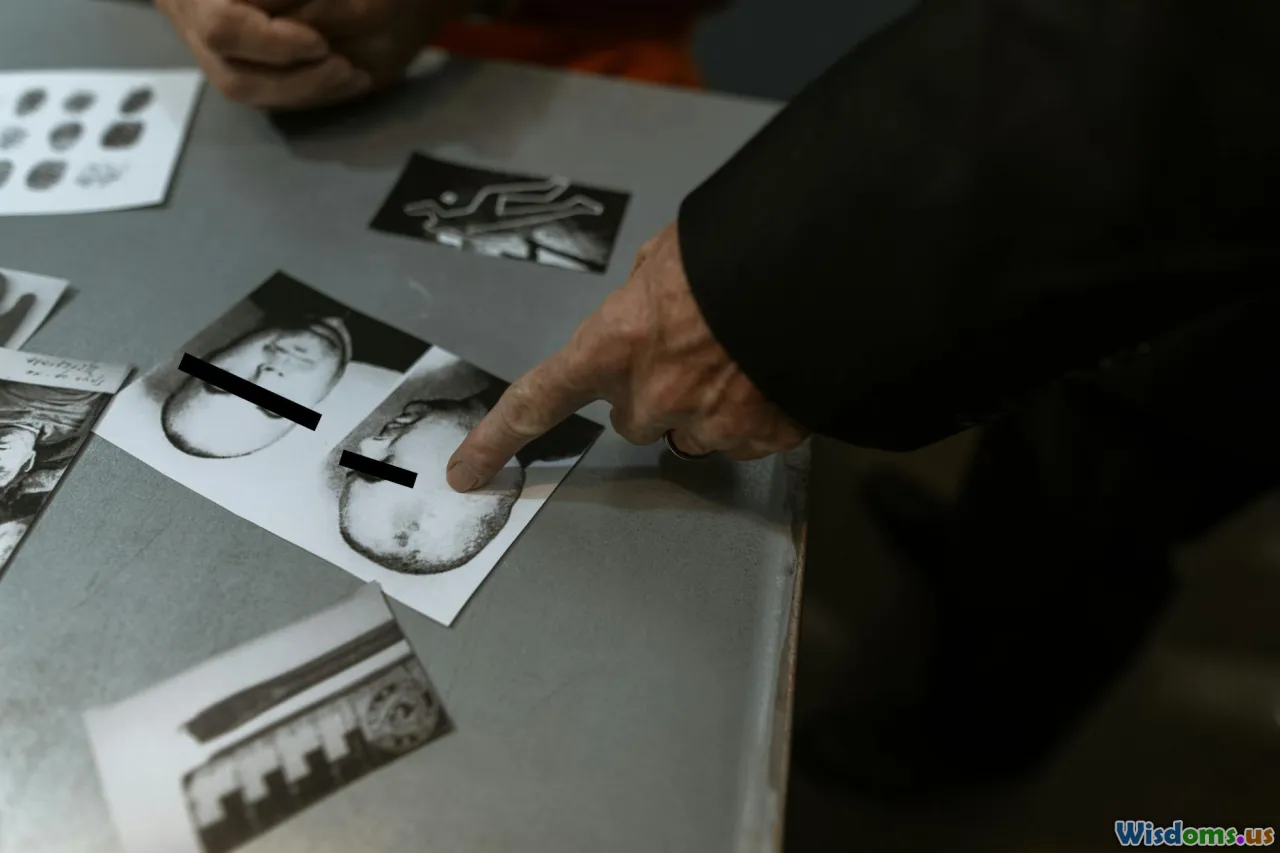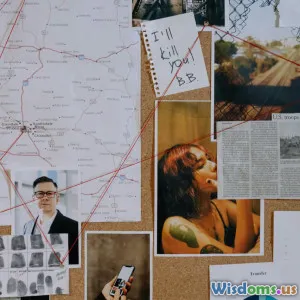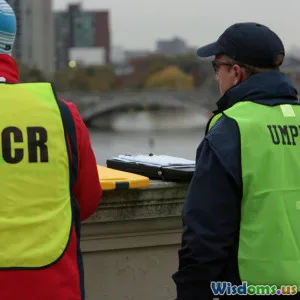
Criminal Profiling Techniques Unraveled
6 min read Explore the fascinating world of criminal profiling techniques used in criminology and crime investigation. (0 Reviews)
Criminal Profiling Techniques Unraveled
Criminal profiling has become an essential tool in the field of criminology and crime investigation, allowing law enforcement agencies to narrow down suspects and understand the motivations behind criminal behavior. This article dives into the various techniques of criminal profiling, providing insights into how these approaches work and their application in solving crimes.
What is Criminal Profiling?
Criminal profiling, sometimes referred to as criminal investigative analysis, involves the use of behavioral science to analyze the characteristics of criminals and their crimes. This practice combines psychology, sociology, and criminology to build a profile of the likely offender based on the nature of the crime and the evidence left behind.
The Purpose of Criminal Profiling
The primary goals of criminal profiling are to:
- Identify potential suspects: By understanding the characteristics and behaviors of a likely perpetrator, investigators can focus their efforts on individuals who fit the profile.
- Develop investigative strategies: Profilers provide insights that help law enforcement prioritize leads and build a case against suspects.
- Aid in prevention: Understanding criminal behavior can help agencies implement strategies to prevent future crimes.
Key Techniques in Criminal Profiling
Several techniques are employed in criminal profiling, each with its unique approach and application. Here are some of the most significant ones:
1. Geographic Profiling
This technique analyzes the locations of a series of crimes to predict the likely home or base of operations of the offender. By mapping crime scenes, profilers can identify patterns and hotspots, which can be crucial for narrowing down suspects.
2. Behavioral Analysis
Behavioral analysis examines the actions and patterns of the offender during the crime. This includes studying the method of operation (MO) and signature behaviors. Understanding why a criminal acts in a certain way can reveal psychological motivations, which are crucial in forming a profile.
3. Victimology
This technique involves the study of the victim's background, lifestyle, and relationships. Understanding the victim can provide insights into why they were chosen and what the offender’s motives might be. Victimology helps in drawing connections between the offender and the victim, leading to potential suspects.
4. Psychological Profiling
Psychological profiling involves assessing the mental state of the offender based on their actions and the nature of the crime. Profilers use psychological theories to understand the personality traits, motivations, and potential future behaviors of the offender.
5. Crime Scene Analysis
Crime scene analysis focuses on the physical evidence left at the crime scene, including blood spatter, weapon choice, and the arrangement of the scene. Profilers analyze these elements to draw conclusions about the offender’s characteristics and behaviors.
The Role of Technology in Profiling
Advancements in technology have significantly enhanced criminal profiling techniques. Tools such as geographic information systems (GIS), psychological databases, and even artificial intelligence are now used to analyze data and generate profiles more accurately and efficiently. These technologies allow for better data management and more sophisticated analysis, which can lead to quicker resolutions of cases.
Real-World Applications of Criminal Profiling
Criminal profiling has been instrumental in solving high-profile cases. For example, the FBI’s Behavioral Analysis Unit employs profiling techniques to assist in various investigations, including serial murders and kidnappings. Profilers played a critical role in cases like the Unabomber and the Green River Killer, where understanding the criminal's mind helped law enforcement track them down.
Challenges in Criminal Profiling
While criminal profiling can be an effective tool, it is not without its challenges. Misinterpretation of behavioral cues can lead to wrongful accusations, and profiling is often criticized for lacking scientific rigor. Additionally, not all offenders fit neatly into established profiles, particularly in cases of crimes of passion or those committed under extreme emotional distress.
Conclusion
Criminal profiling is a complex and evolving field that plays a crucial role in criminology and crime investigation. By understanding the techniques used to analyze criminal behavior, we can appreciate the intricate interplay between psychology and law enforcement. As technology continues to advance, the future of criminal profiling holds the promise of even more effective investigative strategies, leading to a safer society.
Rate the Post
User Reviews
Other posts in Forensic Psychology
Popular Posts


















